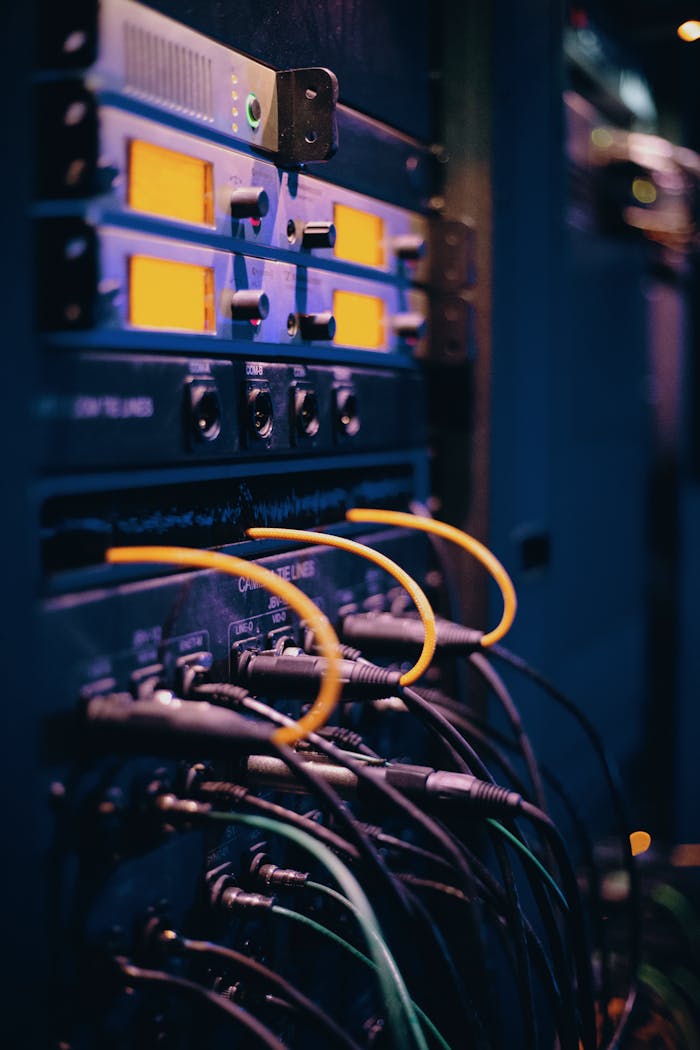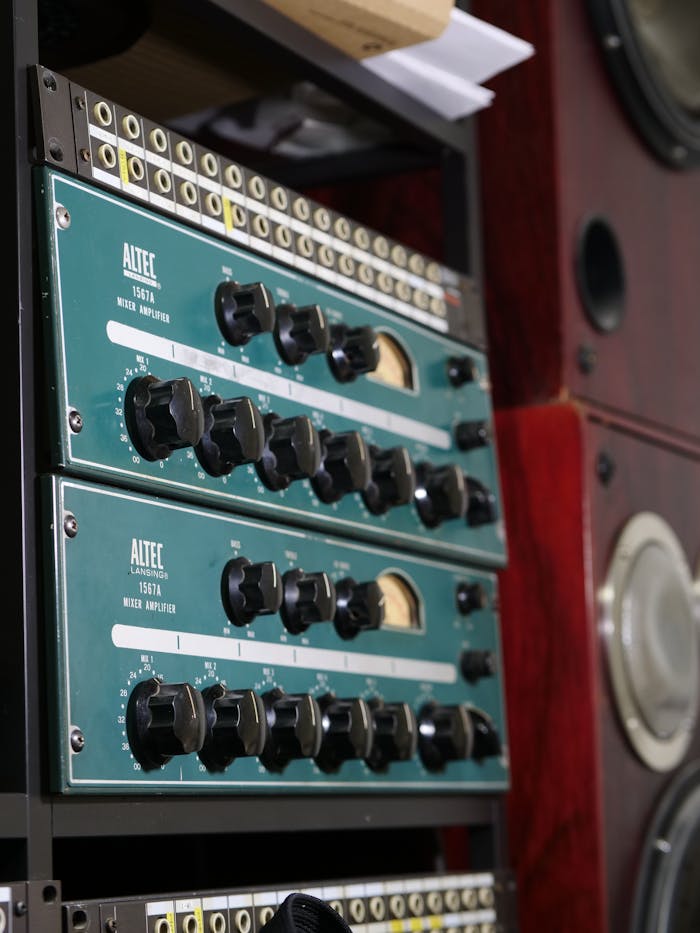Let’s talk about the unsung hero of your electronics—enclosures. They’re not just there to look pretty or hold everything together; they’re the front line of defense for your tech. A high-quality enclosure made with the right materials and design can make the difference between a product that lasts and one that fails before it hits the market.
Why Materials Make All the Difference in Electronic Enclosure Design
Your enclosure is the only thing standing between your sensitive electronics and the chaos of the outside world. High-quality materials like sturdy metals or robust plastics shield your components from moisture, dust, and impact.
Selecting the appropriate material in your electronic enclosure design is pivotal to ensure optimal performance and longevity of the housed components. Materials commonly used include metals like aluminum and steel, as well as plastics such as polycarbonate and ABS. Each material offers distinct advantages:
- Aluminum: Known for its lightweight nature and excellent thermal conductivity, aluminum provides effective heat dissipation and corrosion resistance, making it suitable for various environments.
- Steel: Offers superior strength and durability, ideal for applications requiring robust protection. However, it is heavier and may require coatings to prevent corrosion.
- Plastics (e.g., Polycarbonate, ABS): These materials are lightweight, cost-effective, and provide good electrical insulation. They are often used in indoor applications where extreme durability is not a primary concern.
Understanding the specific requirements of the electronic components and the environmental conditions they will face is essential in selecting the most appropriate material.
Design Considerations for Optimal Performance
Beyond material selection, the design of an electronic enclosure plays a critical role in ensuring functionality, protection, and longevity of the housed components. A well-thought-out electronic enclosure design not only protects against environmental hazards, but also enhances operational efficiency and ease of maintenance. Below are key considerations when designing an enclosure:
Environmental Protection: Electronic enclosures must safeguard against a variety of environmental hazards, including dust, moisture, temperature fluctuations, and exposure to chemicals. Different applications require different levels of protection:
- Outdoor Enclosures: Must withstand rain, snow, extreme temperatures, and UV radiation. This often necessitates weatherproof seals, corrosion-resistant coatings, and UV-stabilized materials to prevent degradation over time.
- Industrial Settings: Enclosures in manufacturing plants or hazardous locations must be resistant to oil, chemicals, and physical impact. Enclosures with IP-rated sealing (such as IP65 or higher) provide protection against fine particles and water.
- Marine and High-Humidity Environments: These require anti-corrosion coatings, water-resistant gaskets, and materials like stainless steel or anodized aluminum to prevent rust and oxidation.
Thermal Management: Overheating is one of the most common causes of component failure in electronic enclosures. To prevent thermal buildup, several design features can be incorporated:
- Ventilation Slots and Fans: Passive ventilation (slots, perforations) or active cooling (fans, blowers) can enhance airflow and reduce internal heat buildup.
- Heat Sinks and Thermal Pads: These dissipate heat efficiently, drawing it away from sensitive components and allowing for better cooling.
- Thermally Conductive Materials: Aluminum, for example, is commonly used due to its high thermal conductivity and ability to act as a natural heat sink.
- Phase Change Materials & Heat Pipes: For advanced applications, phase change materials (PCMs) and heat pipe technology can be integrated to regulate internal temperatures dynamically.
EMI Shielding: Electronic devices emit electromagnetic signals that can interfere with nearby equipment, causing malfunctions. EMI shielding is essential in medical devices, aerospace, telecommunications, and industrial automation where interference must be minimized. Effective EMI protection strategies include:
- Conductive Coatings: Applying nickel, silver, or copper-based conductive coatings to plastic enclosures helps block electromagnetic signals.
- Shielded Vents & Gaskets: EMI gaskets made from conductive elastomers provide a secure seal while allowing electrical grounding.
- Faraday Cage Principle: Metal enclosures inherently offer EMI shielding by acting as a Faraday cage, containing electromagnetic waves within the enclosure and preventing external interference.
Enclosure Sealing: Seals play a vital role in maintaining the integrity of an electronic enclosure, especially in dusty, wet, or corrosive environments. Depending on the use case, different sealing methods should be considered:
- Silicone & Neoprene Gaskets: These provide excellent moisture resistance and are commonly used in NEMA-rated and IP-rated enclosures.
- Compression Seals: Used for pressurized enclosures to prevent the entry of contaminants.
- Chemical-Resistant Seals: Needed in environments with oil, solvents, or harsh chemicals, ensuring the longevity of the enclosure.
- Temperature-Specific Seals: High-temperature silicone gaskets are useful for enclosures exposed to extreme heat, while cold-resistant materials prevent brittleness in freezing conditions.
Accessibility: A well-designed electronic enclosure should not only protect components but also allow for easy access for maintenance, upgrades, or component replacement. Factors to consider include:
- Removable Panels & Hinged Doors: These provide quick access without the need for full disassembly, reducing downtime in repairs.
- Modular Design: Allows components to be easily swapped out or upgraded without redesigning the entire enclosure.
- Secure Fastening Systems: Quick-release latches, captive screws, or tool-less designs improve accessibility while ensuring security.
- Clear Labeling & Cable Management: Ensuring that internal wiring is neatly organized and labeled makes troubleshooting and maintenance more efficient.
Incorporating these design elements ensures that the enclosure not only protects the electronic components but also contributes to their efficient operation. When you invest in a well-designed enclosure, you’re also investing in longevity. Components that stay safe and operate under ideal conditions last longer and perform better, saving you from costly repairs or replacements down the line.
At Lansing Instrument Corp, we take electronic enclosure design seriously because we know how much rides on their performance. Our GrayBox and MicroPak enclosures aren’t your run-of-the-mill boxes. They’re built with rigid structural frames that deliver rock-solid strength and durable finishes that stand up to the wear and tear of real-world use.
Ready to give your electronics the protection they deserve? Contact us today to learn more about how our high-quality enclosures can elevate your product.


